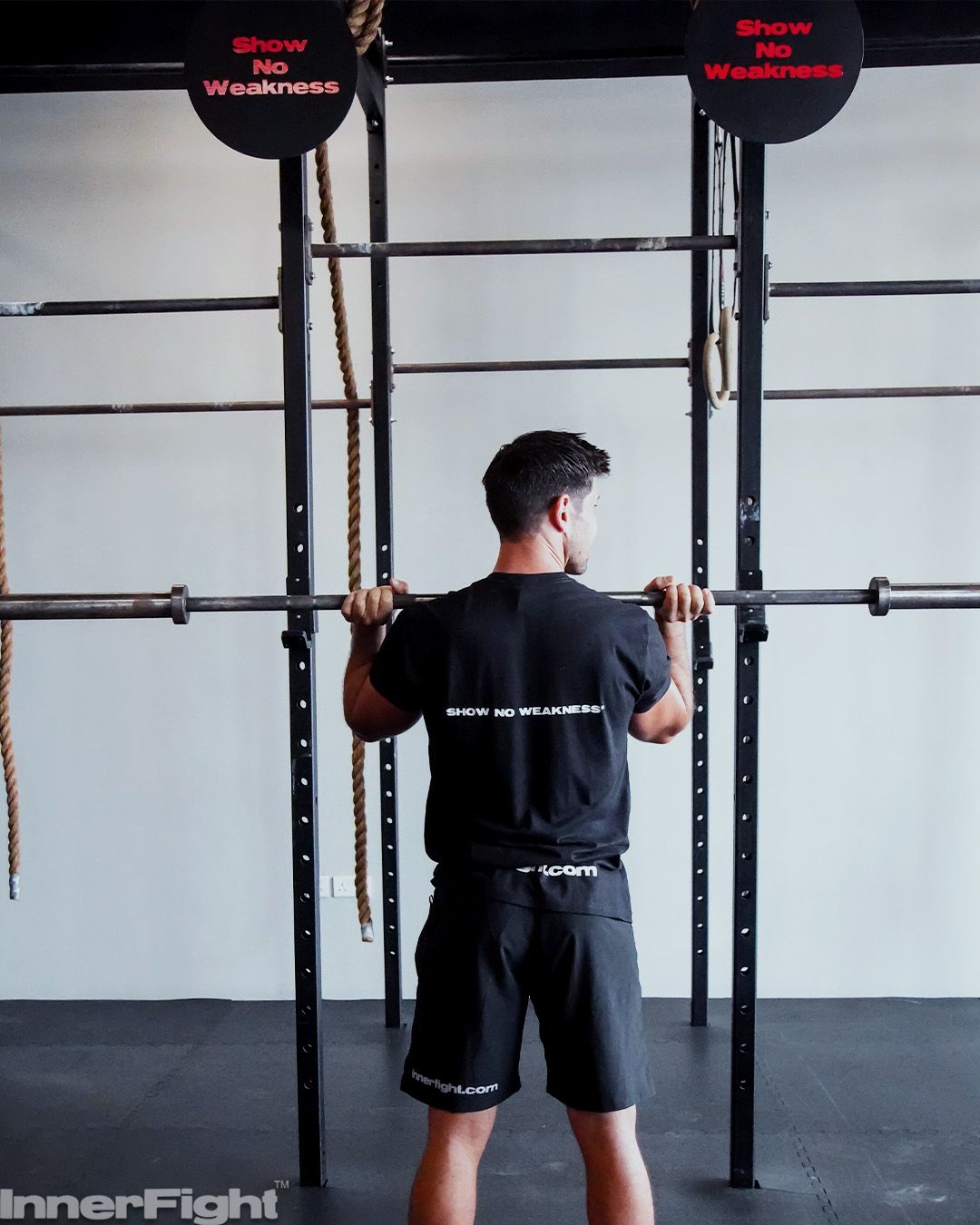3 Strength Training Fundamentals

3 Things You Should Know About Strength Training
When it comes to building strength through strength training—or any physical conditioning—it often comes down to three essential pillars: training type, recovery, and nutrition. These elements are critical for progress, but many people are unsure which should be prioritised.
While nutrition and rest are crucial, strength training itself is the catalyst for actual strength development. Eating well and recovering adequately are vital, but training is the cornerstone. Here are three key insights into strength training fundamentals that can help you make lasting gains.
Progressive Overload: The Foundation of Strength
The core principle behind effective strength training is progressive overload—steadily increasing the weight, resistance, or overall intensity of your workouts. This method ensures continual adaptation as muscles are stressed, repaired, and rebuilt stronger than before.
No matter how perfect your nutrition is, if your training lacks the right stimulus (in terms of frequency, intensity, volume, and rest periods), you won't achieve the strength gains you're aiming for.

For instance, you could consume a perfectly balanced diet rich in protein, carbohydrates, and healthy fats, but without consistent and targeted strength training, your progress will stagnate. A strategic programme focusing on compound movements—such as squats, deadlifts, and bench presses—ensures maximal muscle fibre activation and sustained strength development.
Training Specificity: You Get What You Train For
Strength training must be tailored to your specific goals. Powerlifters, Olympic weightlifters, and bodybuilders all follow distinct programmes based on the type of strength they wish to develop.
For instance, powerlifters focus on maximal strength with low-rep, high-weight training, while bodybuilders aim for muscle hypertrophy using moderate-weight, higher-rep schemes.
Without targeted training, no amount of protein shakes or calorie surpluses will create the adaptations you're after. The saying "you get what you train for" holds true—your body adapts specifically to the demands you place on it. That's why your training programme should be aligned with your goals, whether they involve maximum strength, muscular endurance, or explosive power.
Nutrition’s Supporting Role in Strength Training
Nutrition fuels your performance and supports the recovery process. It helps rebuild muscles, replenishes glycogen, and maintains hormonal balance. However, it's essential to understand that strength training—not diet alone—is what drives muscle and strength gains. You could eat all the right foods, but without a solid training regimen, those nutrients won't be utilised effectively to build strength.
Nutrition enhances the effects of your strength training; it cannot replace the effort and structure needed in your workouts. Think of it as your foundation’s support system—vital, but not the primary builder.
Final Thoughts on Strength Training Fundamentals
If your goal is to get stronger, prioritising strength training is non-negotiable. While good nutrition plays a supportive role in muscle recovery and growth, your training programme is what sets everything into motion.
Focus on a consistent, progressive plan that emphasizes key movements and gradual overload, and you'll achieve the strength gains you're after.
In summary, strength training should always take centre stage in your fitness strategy. Pair it with proper recovery and nutrition, and you'll be on track to long-term strength and performance improvements.
Fun - Honesty - Simplicity - SMASH LIFE - Mental Toughness - Hard Work




.jpg)
.avif)

.jpg)
.jpg)
.avif)

